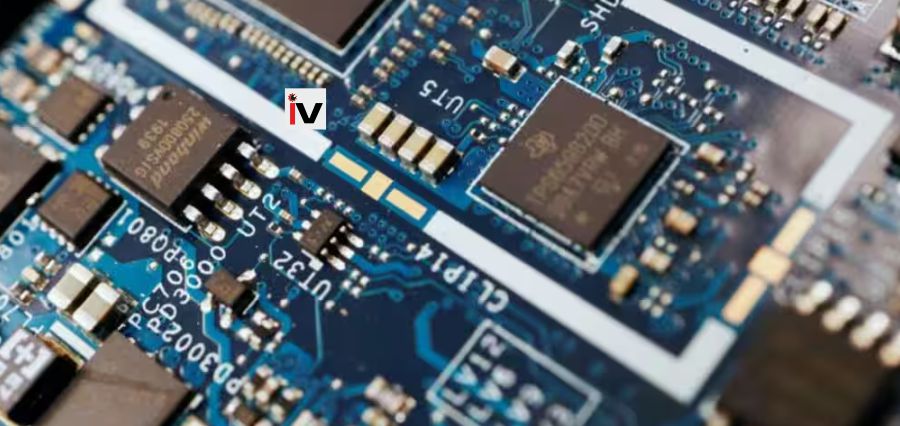After enduring the setback of a destructive fire that razed its facilities at the 51-acre Mohali campus in Punjab almost 35 years ago, Semi-Conductor Laboratory (SCL) is embarking on a resurgence. This revival is fueled by a substantial Rs 10,000 crore modernization initiative spearheaded by the Ministry of Electronics and IT (Meity). The aim is to not only sustain SCL’s operations in the 180 nanometer (nm) technology field but also propel it forward to the 28 nm technology frontier.
Interestingly, SCL commenced its manufacturing journey in 1984, predating Taiwan’s Semiconductor Manufacturing Company (TSMC), which later emerged as a global leader in chip production, by three years. However, the catastrophic fire coupled with bureaucratic delays, inherent in government-owned enterprises, halted SCL’s progress, causing nearly a decade-long hiatus until operations resumed in 1995.
The entire team spent two years in AMS, Austria, according to Manoj Wadhwa, group head of the fabrication group for MEMS (micro-electromechanical systems) and VLSI (very large scale integration). “At that moment, we were at 2 micron. We developed 1.2 micron there, and we ported it in 1995,” he continues.
All of that now feels like a distant memory. As the US-based Micron prepares to unveil the inaugural chip from its assembly, testing, marking, and packaging (ATMP) facility in Sanand, Gujarat, Semi-Conductor Laboratory (SCL) deserves recognition. SCL not only conducted initial training for the professionals involved in Micron’s project but is also actively engaged in similar endeavors for other upcoming projects.
SCL boasts two fabrication lines—one for 6-inch and another for 8-inch wafers—along with an ATMP unit and a compound semiconductor unit. In its quest to establish the new fabrication unit, SCL is on the lookout for land adjacent to its existing facility. “The government is committed to modernizing SCL to align with global standards,” stated Ashwini Vaishnaw, the Minister of Communications and IT. “We envision SCL supporting startups and industries in R&D and prototyping while bolstering its capacity and capabilities for chip exports,” Vaishnaw emphasized.
Read More: Click Here

